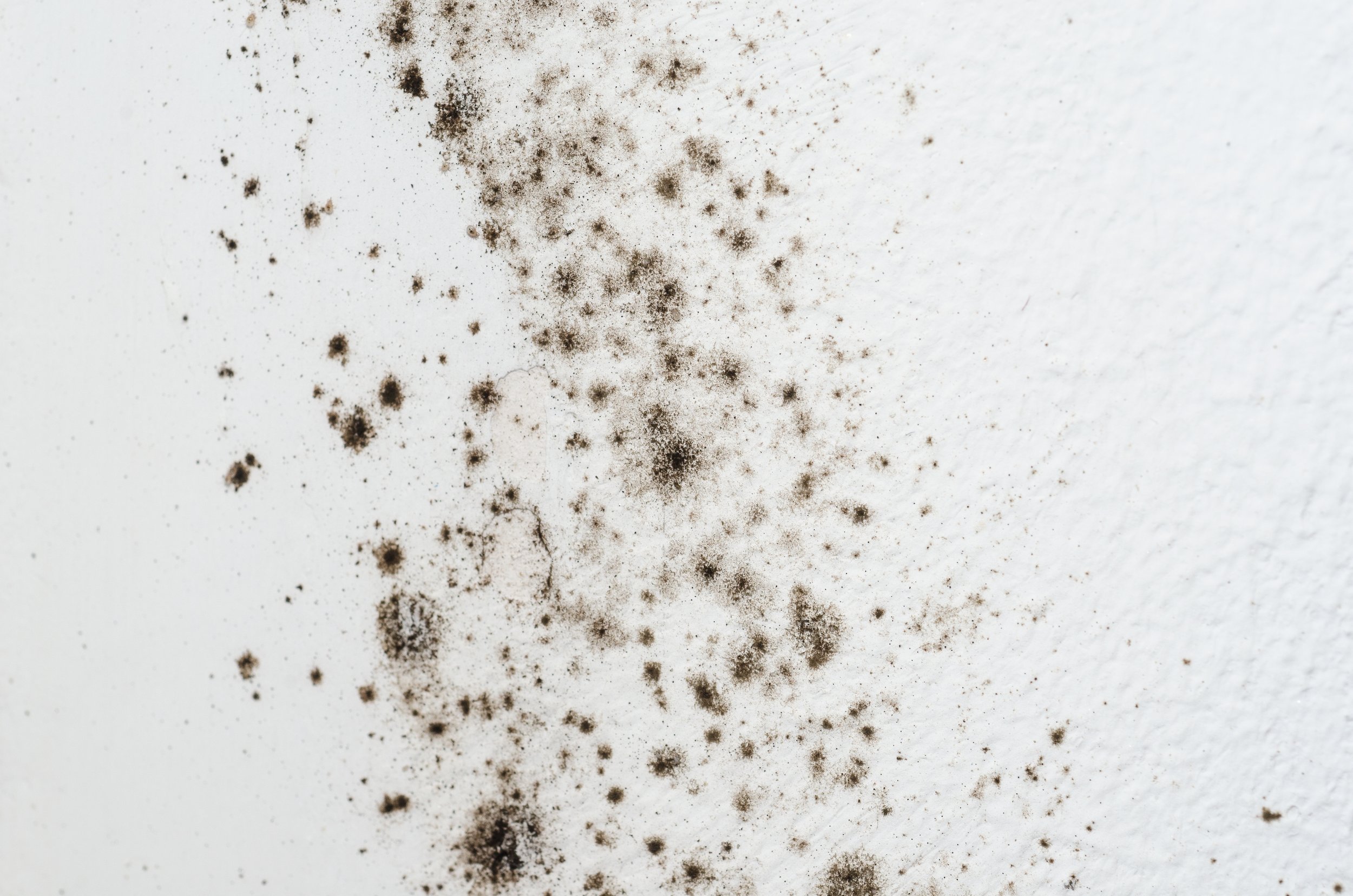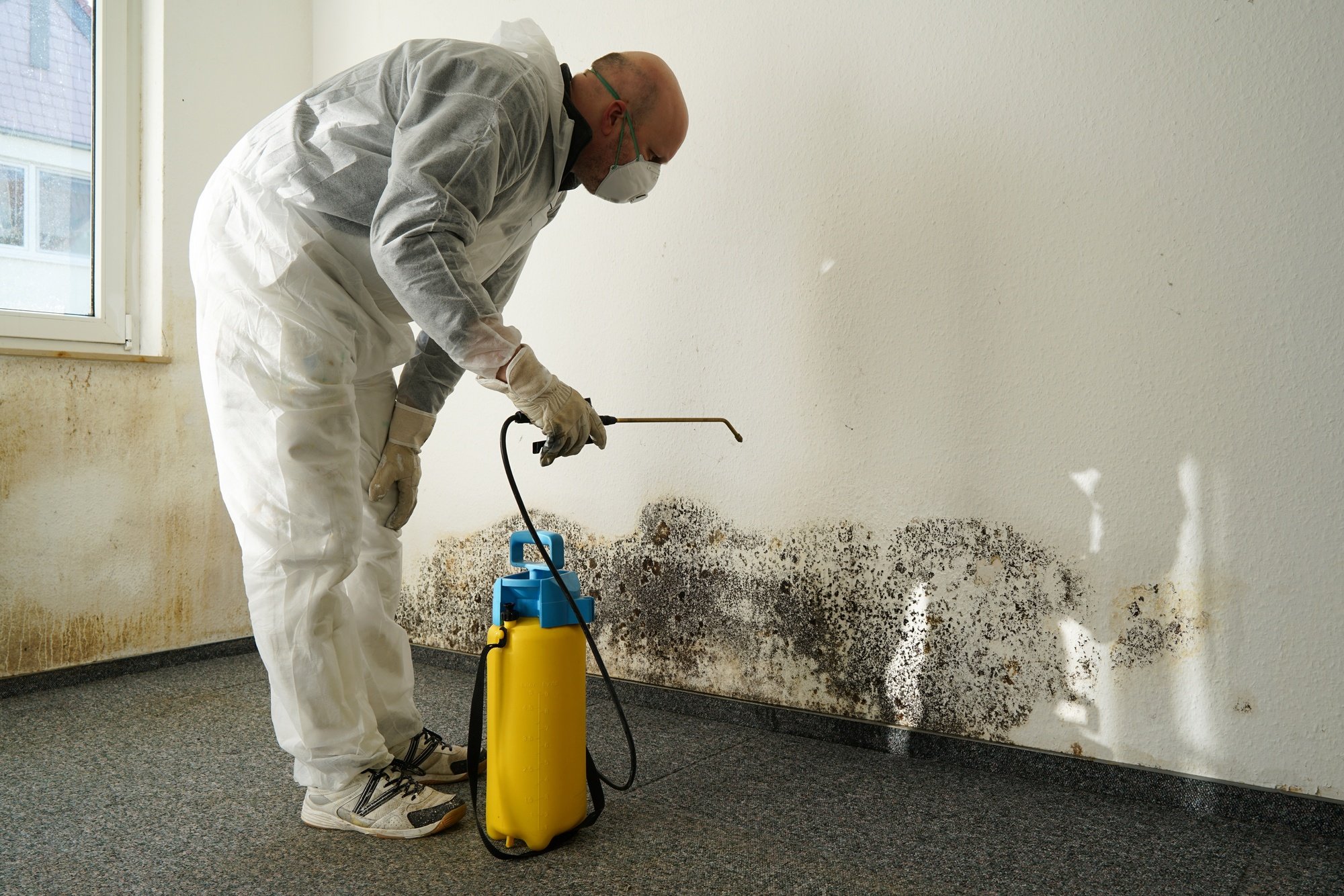
Mold Remediation Supervision
Our company, EnviroNix, specializes in providing unbiased opinions regarding mold-related issues. We do not offer mold remediation services, which ensures that you receive impartial advice. It is crucial to avoid companies that provide initial consultations, remediation, and clearance testing, as this creates a serious conflict of interest and is both illegal and unethical. When you contact EnviroNix as the first step, we can help identify the problem and guide you on the necessary steps to address it. With years of experience in the Central Florida area, we can also provide references to Mold Remediation Contractors who can offer estimates for the mold clean-up.
What We Offer
Although we do not perform mold remediation, we do provide Mold Remediation Protocols to ensure that the hired remediation company carries out the clean-up work safely and effectively. These protocols guarantee comprehensive remediation and prevent the spread of mold spores to other areas of the property. Following the remediation job, a "clearance" or Post-Remediation Verification Inspection and Testing is conducted to ensure that all mold spores have been completely removed from the affected area before removing the containment barrier.
Mold remediation involves the removal or cleaning of existing mold problems in residential or commercial properties. The goal is to eliminate contaminated materials and prevent the release of fungi and fungal dust from the work area into occupied or non-abatement areas, while safeguarding the health of workers involved in the process. Here are some general methods used during a mold remediation procedure:
How It Works
Cleanup and Removal Methods:
Merely killing the mold with a biocide is insufficient; it must be physically removed. Contaminated materials must be eliminated to prevent the presence of chemicals and proteins that cause reactions in humans.
Damp Wipe:
Non-porous surfaces are wiped or scrubbed with water and detergent to remove mold. Quick drying is essential to discourage further mold growth, and surfaces like metal, glass, hardwood, plastics, and concrete should be scraped before being cleaned with a fungicide.
Containment:
Plastic sheeting is used to contain the mold within a designated area, preventing spores from spreading. Negative-air pressure machines maintain airflow to prevent spores from escaping the containment area. The contained area must be thoroughly cleaned before removing the barrier, and post-remediation verification testing is performed to ensure air and surfaces are free from abnormal levels of mold.
HEPA Vacuum:
High Efficiency Particulate Air (HEPA) filtered vacuum cleaners are employed for final cleanup after thorough drying and removal of contaminated materials. HEPA vacuums are also used to clean the surrounding areas. Workers wear proper personal protective equipment (PPE) during this process to minimize exposure to mold and other contaminants. Debris and dust collected should be stored in impervious bags or containers to prevent any release.
Vacuuming:
Wet vacuum cleaners are utilized to remove water from surfaces, but care must be taken to avoid exhausting spores into the indoor environment. After use, the equipment should be thoroughly cleaned and dried to prevent spores from adhering to its inner surfaces.
Disposal of Debris and Damaged Materials:
Mold-contaminated building materials and furnishings should be placed in impervious bags or closed containers within the remediation area. These materials can generally be disposed of as regular construction waste.




